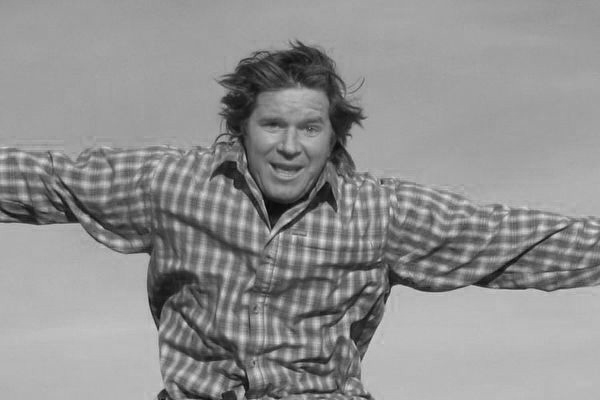
 Fred Williams
Brand Manager, Petersen’s 4Wheel & Off Road
Fred Williams
Brand Manager, Petersen’s 4Wheel & Off Road
In our Mar. ’13 issue we gave you some insight on do-it-yourself engine swaps (“Easy Engine Exchange”). This month we’ll continue with some points on three fundamental parts to making your engine run: wiring, cooling, and fuel. These three components can make or break the enjoyment of your new repowered 4x4.

All the intricate, time-consuming, expensive steps of wiring and plumbing
A lot of 4x4 owners dream of a nice V-8 under the hood of their 4x4 but fear the little things that make it work well. It’s easy to measure and weld in motor mounts, set the engine square in the frame with enough clearance by the firewall and forward enough to have a reasonable rear driveshaft. But then comes all the intricate, time-consuming, expensive steps of wiring and plumbing, and before you know it frustration sets in.
 Having enough cooling for your engine is an issue we engine swappers encounter in garages and on trails across the nation. We went to the experts at Advance Adapters for our radiator. With over 40 years of experience helping wheelers swap parts into their 4x4, these guys have seen it all. In fact, our request for a radiator to put a Chevy V-8 in a Jeep was about as mundane as can be, and the company’s crossflow aluminum radiator fit perfect in our CJ grille. Mounting holes are not drilled, so you can adjust the height in the grille as desired. Note the blue caps on the right side of the radiator; these are fittings for an internal transmission cooler, where we will plumb in our 4L80E transmission.
Having enough cooling for your engine is an issue we engine swappers encounter in garages and on trails across the nation. We went to the experts at Advance Adapters for our radiator. With over 40 years of experience helping wheelers swap parts into their 4x4, these guys have seen it all. In fact, our request for a radiator to put a Chevy V-8 in a Jeep was about as mundane as can be, and the company’s crossflow aluminum radiator fit perfect in our CJ grille. Mounting holes are not drilled, so you can adjust the height in the grille as desired. Note the blue caps on the right side of the radiator; these are fittings for an internal transmission cooler, where we will plumb in our 4L80E transmission.
The secret to wiring and plumbing is to find easy-to-use kits and really take your time installing them. Rushing the little steps will just cause more work down the road, or on the trail. Hopefully these products and pointers will help avoid those pitfalls.
 Our CJ is a retired military CJ-10, so it has a goofy grille with no headlights since they are on the fenders. Oddball-looking, but these grilles will allow even more cooling airflow, so you may want to look into one if you’re stuffing a big-block in a ’70s-’80s CJ-5, -7, or -8.
PhotosView Slideshow
Our CJ is a retired military CJ-10, so it has a goofy grille with no headlights since they are on the fenders. Oddball-looking, but these grilles will allow even more cooling airflow, so you may want to look into one if you’re stuffing a big-block in a ’70s-’80s CJ-5, -7, or -8.
PhotosView Slideshow
Not Done Yet
One aspect of late-model engine swaps that a lot of people forget is tuning. OEMs spend hundreds of thousands of hours tuning engine parameters in late-model vehicles to get them to run perfectly. Though it is possible to get an engine running and driving in your 4x4 with an off-the-shelf PCM tune, there is often room for improvement. Pacific Fabrication reminded us that after we have our project truck up and running we should take it to a qualified local dyno tuner where they can tweak and tune the computer to get optimal performance to our specific needs. Some tuners will even go out four-wheeling with you to get the best running engine for your desired wheeling style, but expect to pay extra for this service.











